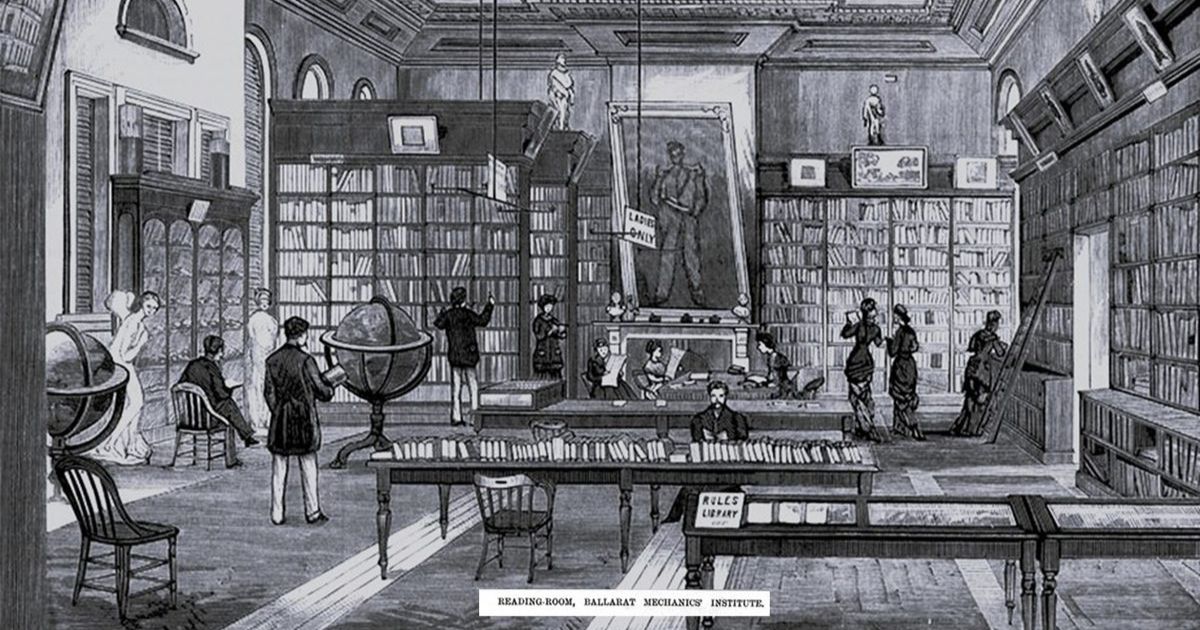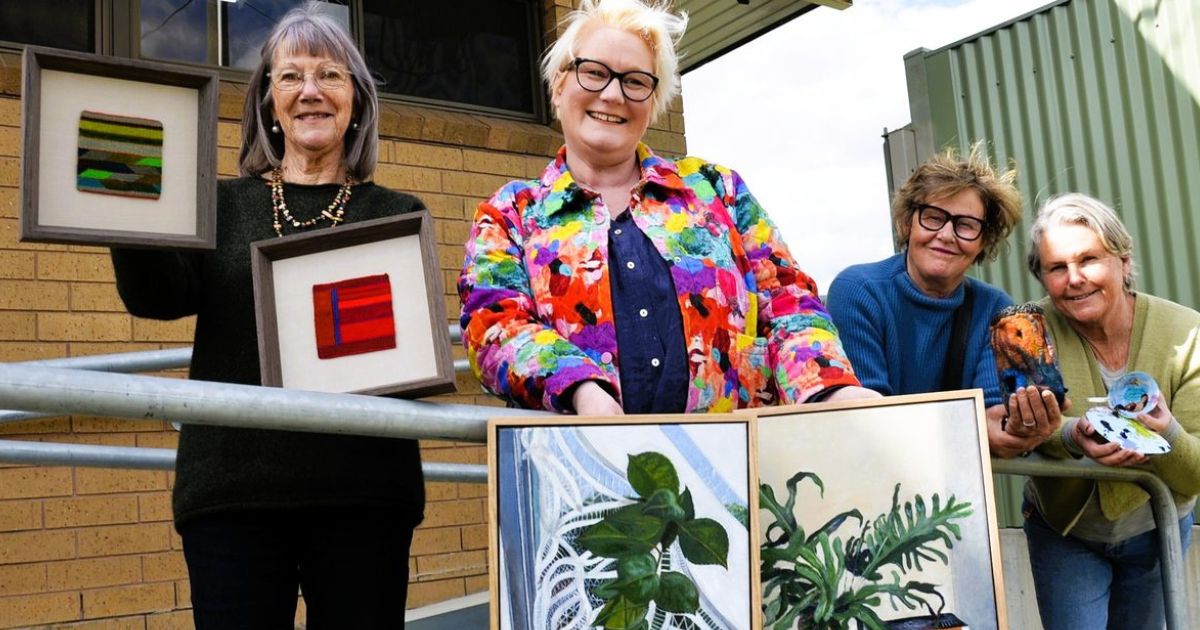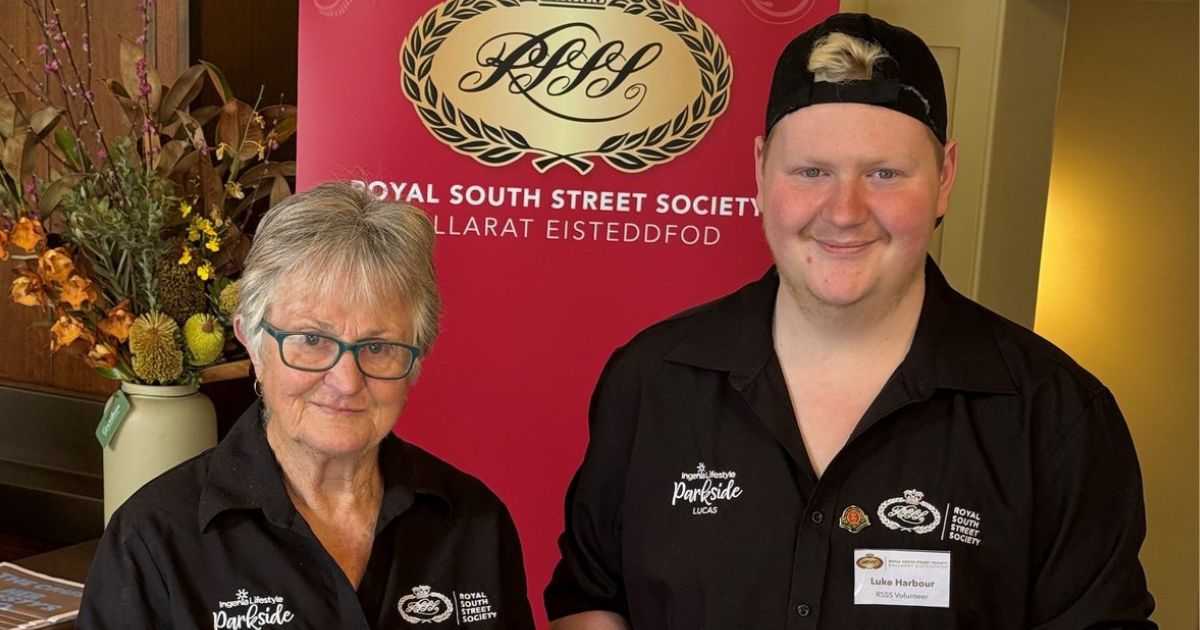Uncovering three centuries of fashion history

Expert: Dr Sarah Bendall was at the Australian Centre for Gold Rush Collections on Saturday reflecting on women’s fashion over three centuries. Photo: MIRIAM LITWIN
DRESS and material culture historian Dr Sarah Bendall was at the Australian Centre for Gold Rush Collections on Saturday exploring three hundred years of women’s fashion.
The one-day workshop looked at the evolution of women’s fashion from the 17th to 19th centuries when materials began to be transported globally, and technological innovations changed production methods.
The event, which was a partnership with Australian Catholic University, included talks, dressing demonstrations, and a behind-the-scenes experience in Sovereign Hill’s Costume Department.
“The reason why I love dress history and the reason why the public generally enjoys dress exhibitions or days like this is because dress is simultaneously an expression of yourself but also a reflection of the time period,” said Dr Bendall. “It’s a really interesting lens through which to investigate the past.”
Included in the tour was a dress worn by a Ballarat woman in the 1860s to a ball that honoured Prince Alfred.
The sleeves look as though they have been cut off, and Dr Bendell believes it is a day dress which was turned into a ball gown.
The dress is green, and traditionally an arsenic dye would have been used to create this colour, however, no trace of the toxic heavy metal can be found on the garment.
Dr Bendall said society now has a lot to learn from ancestors who repurposed and recycled their clothes.
“Even our grandparents grew up in a time when you didn’t just throw things away, you would have re-used it as much as you could and then turned it into rags,” she said.
“In the last 20 or 30 years we have almost totally forgotten what it is like to recycle or re-use clothing and it’s actually very sad.”
Assisting Dr Bendall was ACU PhD student Niamh Williams who is researching the cultural aspect of ballroom dancing in the early to mid-20th century.
Ms Williams encouraged people to consider making their own clothes and said once you learn how to sew, it is easy and inexpensive.
“I’ve been making my clothes for a very long time, I’ve got a pair of jeans that I’ve fixed four times because they fit me so well,” she said.
“Once you have the skills of how to make something, fabric is not that expensive now as it was back then, so for me to sit there and make myself a dress for my university ball, the fabric cost me $12.”


















